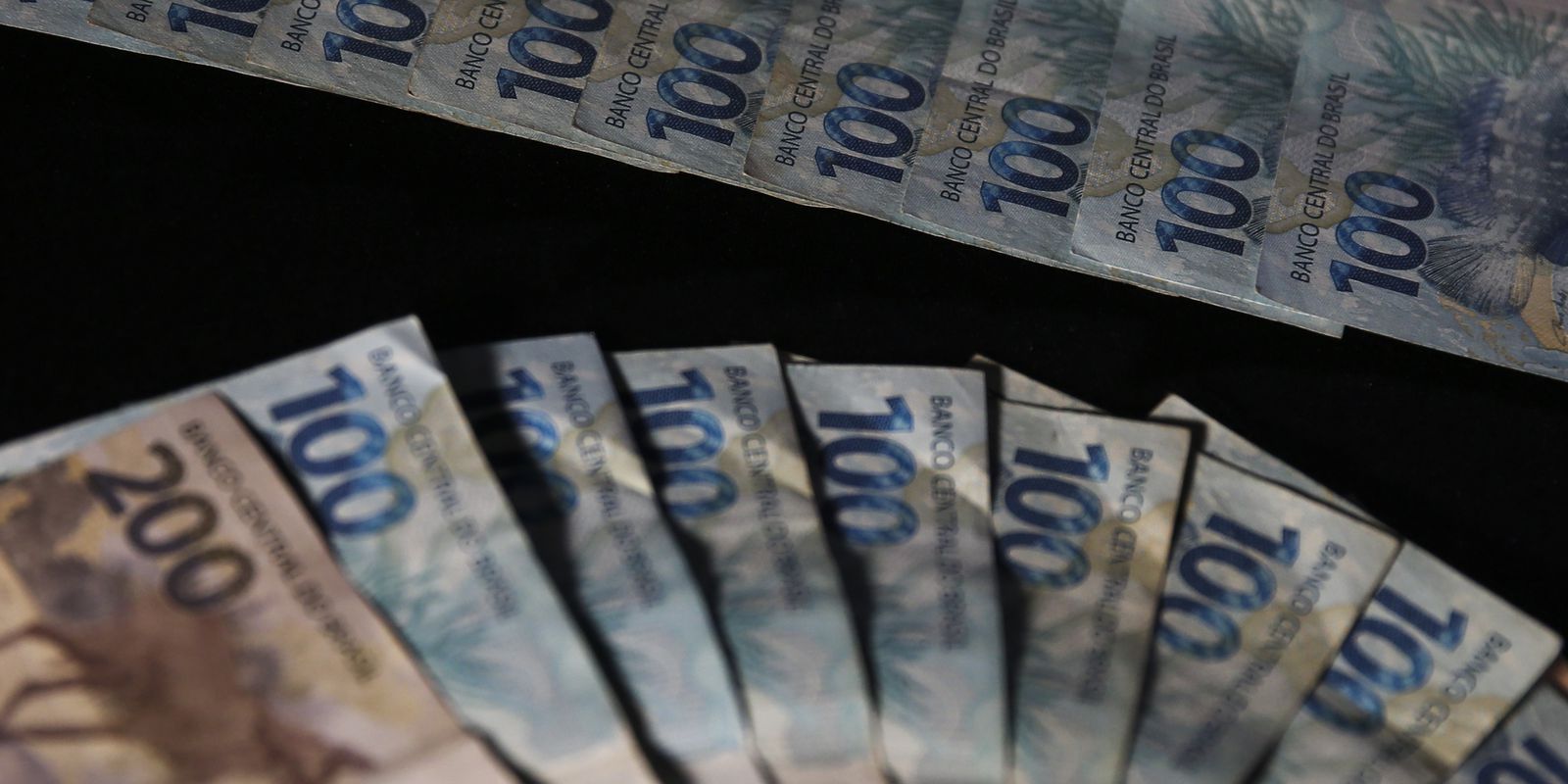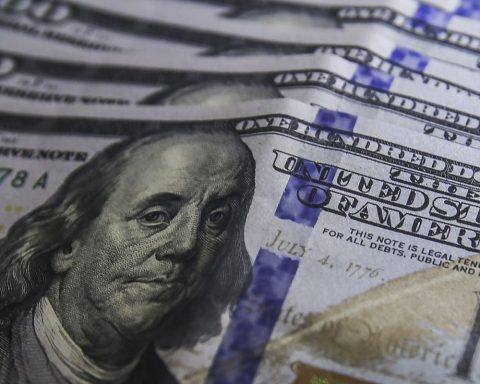The high volume of maturities of bonds linked to the Selic rate (basic interest rates in the economy) caused the Federal Public Debt (DPF) to fall in September. According to figures released today (26) by the National Treasury, the FPD increased from R$5.781 trillion in August to R$5.752 trillion last month, down 0.51%.
The Treasury forecasts that the DPF will rise in the coming months. According to the Annual Financing Plan (PAF), presented at the end of January, the DPF stock should end 2022 between R$6 trillion and R$6.4 trillion.
Domestic Public Securities Debt (securities) (DPMFi) fell by 0.72%, from R$5.536 trillion in August to R$5.496 trillion in September. Last month, the Treasury redeemed BRL 76.07 billion in bonds more than it redeemed, mainly in fixed-rate papers (with fixed interest rates) and in papers adjusted by the Selic rate (basic interest rates in the economy).
The net redemption was partially offset by the appropriation of R$36.28 billion in interest. Through the appropriation of interest, the government recognizes, month by month, the correction of the interest levied on the bonds and incorporates the value into the stock of public debt. With the Selic rate rising since August last year, interest appropriation increases.
Last month, the Treasury issued BRL 109.95 billion in DPMFi bonds. With the high volume of maturities in September, redemptions totaled R$ 186.02 billion.
Unlike in previous months, the dollar’s surge in September did not help reduce government indebtedness. External Federal Public Debt (DPFe) rose 4.32%, from R$245.85 billion in August to R$256.47 billion in September. The main factor was the 4.39% rise in the dollar last month.
Mattress
For the third consecutive month, the public debt cushion (financial reserve used in times of turmoil or strong concentration of maturities) fell. This reserve increased from BRL 1.146 trillion in August to BRL 1.031 trillion last month. The main reason, according to the National Treasury, was the concentration of maturities in September.
Currently, the mattress covers 9.55 months of public debt maturities. In the next 12 months, R$ 1.432 trillion in federal bonds is expected to mature.
Composition
The high volume of maturities changed the composition of the FPD. The proportion of papers adjusted by basic interest fell, from 39.16% in August to 37.11% in September. The PAF predicts that the indicator will close 2022 between 38% and 42%. As this type of paper has again attracted the interest of buyers because of the recent highs of the Selic, the forecast is that the percentage will rise again in the coming months.
The share of fixed-rate securities (with a yield defined at the time of issuance) rose from 27.06% to 28.23%. The PAF predicts that the portion of the Federal Public Debt corrected by this indicator will end the year between 24% and 28%.
The Treasury has launched fewer fixed-rate papers, due to the financial market turmoil in recent months. These bonds are in greater demand in times of economic stability.
The share of inflation-adjusted securities in the FPD increased, from 29.28% to 29.93%. The PAF predicts that inflation-linked bonds will end the year between 27% and 31%.
Comprising old domestic debt securities adjusted in dollars and the foreign debt, the weight of the exchange rate on public debt increased from 4.5% to 4.73%. Public debt linked to the exchange rate is within the limits established by the PAF for the end of 2022, between 3% and 7%.
holders
Financial institutions continue to be the main holders of the internal Federal Public Debt, with a 29.4% share of the stock. Investment funds, with 24.2%, and pension funds, with 22.7%, appear next in the list of debt holders.
After months of decline, the participation of non-residents (foreigners) rose from 8.8% in August to 9.2% in September. The rise occurred despite the turmoil in foreign markets. The other groups add up to 14.5% of participation, according to the data collected in the month.
Through public debt, the government borrows money from investors to honor financial commitments. In exchange, it undertakes to return the funds after a few years, with some correction, which can follow the Selic rate, inflation, the dollar or be fixed in advance (defined in advance).














